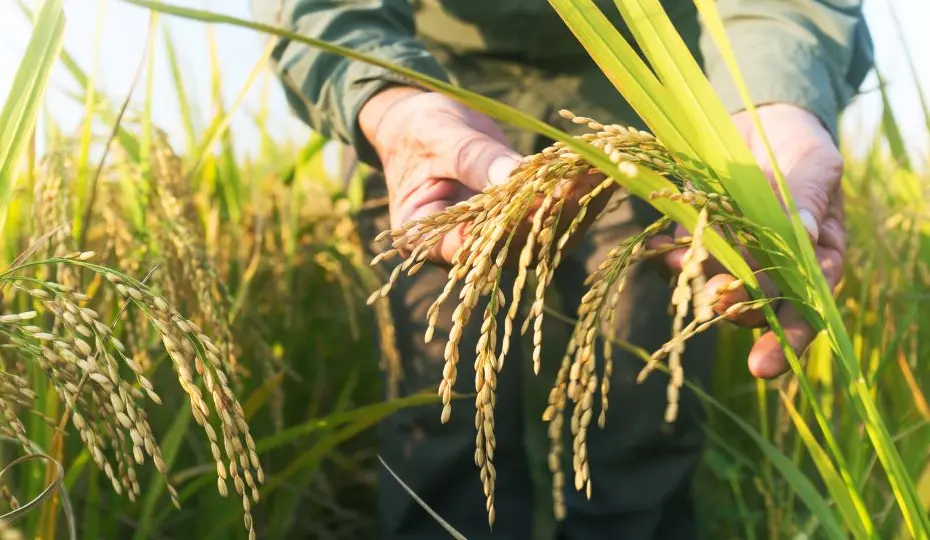Test Guidelines for DUS Examination of New Plant Varieties
This page provides a list of Test Guidelines adopted by UPOV.
Frequently asked questions
Test Guidelines provide detailed guidance for the harmonized examination of distinctness, uniformity and stability (DUS) of new plant varieties. They play a key role in setting international standards for variety testing and identify characteristics for the examination of DUS and production of harmonized variety descriptions.
All Test Guidelines (TG) receive a reference constructed with a fixed sequential number; and a version number, which can be updated. For example, “TG/100/6” indicates the sixth revision of TG 100.
Certain general aspects that apply across all Test Guidelines are not reproduced in all the individual Test Guidelines and can be found under other technical guidance documents known as “TGP Documents”.
Test Guidelines are prepared by UPOV Technical Working Parties, which are composed of experts from UPOV members, and from observer States and organizations.
When deciding whether to create new Test Guidelines (TGs), UPOV’s Technical Committee considers several key factors to ensure international consistency and efficient use of resources. These include:
- The total number of applications that have been submitted for plant breeders’ rights across UPOV members. Generally, species with very few applications are not a high priority—unless there is strong evidence of active breeding work happening globally.
- The number of authorities receiving applications for the new varieties to be considered: If only one or two UPOV members are involved, the need for international guidelines is usually lower.
- The number of international (foreign) applications received. A high number of foreign applications shows that harmonizing guidelines across UPOV members would be valuable.
- The crop or species' economic importance. Crops that are widely grown or traded tend to be prioritized.
- Level of breeding activity. If there’s significant innovation or development underway for a species, that increases the urgency to establish consistent guidelines.
These criteria help ensure that UPOV focuses on Test Guidelines that will have the most impact and support international cooperation in plant variety protection.
If there are no UPOV Test Guidelines (TG) available for a particular plant species, examining offices are encouraged to check whether other UPOV members have experience in testing that species or have developed national test guidelines. This information can be found in document TGP/5 "Experience and Cooperation in DUS Testing", Section 9 "List of Species in Which Practical Knowledge has Been Acquired
or for Which National Test Guidelines Have Been Established" TC/[session]/4 (e.g. TC/61/4).
or for Which National Test Guidelines Have Been Established" TC/[session]/4 (e.g. TC/61/4).
If such experience or national guidelines exist, examining offices are invited to contact the relevant UPOV members to align their testing procedures as much as possible. Once a common approach is agreed upon, those members should inform UPOV of the harmonized procedure. Depending on the outcome, they may also suggest that UPOV develops international Test Guidelines for that species.
If no UPOV member has testing experience or guidelines for the species or variety group in question, the examining office will need to create its own testing procedures.
In doing so, they are invited to follow the basic principles outlined in the UPOV General Introduction and refer to document TGP/7, Development of Test Guidelines, for detailed guidance.
Once a testing procedure is developed, it should be clearly documented as thoroughly as possible based on available knowledge and experience. The UPOV member should then share this information with the UPOV Office following the process outlined in document TGP/5, so that it can be shared with other members and potentially lead to the creation of UPOV Test Guidelines.
